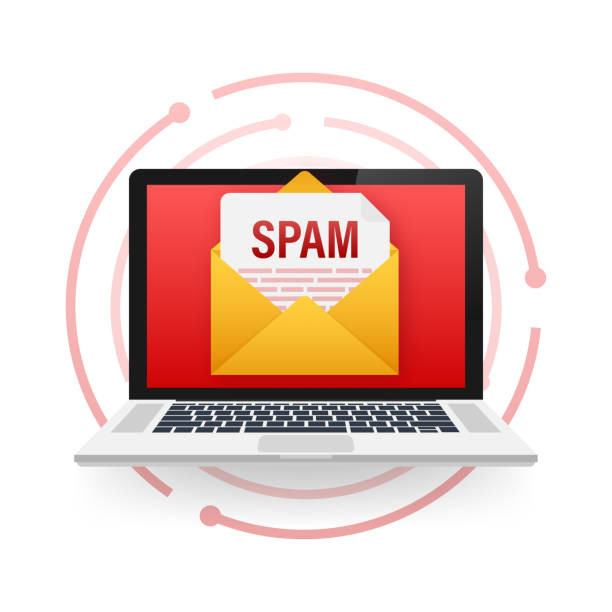Our inboxes have become a battleground for an unending assault of spam messages in the era of digital communication. Dealing with unwanted emails may be a daunting process, from phishing attempts to unsolicited pitches. But don’t worry; cutting-edge technology, in the shape of Email Spam Detection APIs, is here to help. In this piece, we’ll delve into the realm of these sophisticated technologies, which use complex algorithms and machine learning models to rapidly identify and prevent spam, keeping our inboxes clutter-free and our digital lives safer than ever.

How Does An Email Spam Detection API Examine And Block Unwanted Messages?
- Message Preprocessing: The API receives an incoming email message and processes it. Before being analyzed, the message is preprocessed to eliminate any unnecessary information, such as email headers, footers, and formatting. The email’s primary body is removed for additional examination.
- Extraction of Relevant Characteristics: The API pulls relevant characteristics from the email’s content. These characteristics may include the frequency of certain terms, the existence of specific patterns, the usage of hyperlinks, the sender’s reputation, and others. Feature extraction aids in the representation of the message in a way that the machine-learning model can comprehend.
- Machine Learning Classification: After the email has been preprocessed and features retrieved, it is placed into a machine learning model. This model was trained using a huge dataset of tagged emails that included spam and non-spam communications. The model has train to identify patterns and traits that separate authentic communications from spam.
- Spam detection: The machine learning model analyzes the input email and predicts whether it is spam or not (ham). The model generates a probability score that indicates the possibility that the message is spam.
- Thresholding: The API specifies a likelihood score above which a message is considered spam. If the email’s computed likelihood score exceeds this threshold, it is deemed spam.
- Blocking or filtering: Depending on the integration and the user’s settings, the API may take various actions when a message is classified as spam. It has the ability to designate the message as spam in the recipient’s inbox, transfer it to a separate spam folder, or even block it entirely.
- Real-time Processing: The API processes emails in real-time, giving consumers quick results and allowing them to take action quickly to prevent unwanted spam from reaching their inboxes.
What Is The Most Popular Email Spam Detection API?
We investigated different options and determined that Zylalabs Text Spam Checker API is the most dependable and effective.
The Text Spam Checker Endpoint may receive a text from an email and determine if it is spam or not. The value 0 is not considered spam, while the value 1 is.
As an example, consider the following:
{
"text": "Musicians, content creators, and influencers around the globe are getting legendary sounds with Volt USB audio interfaces. No matter how you create, Volt keeps up. Ready to hear it for yourself? Find a dealer near you today."
}{
"results": 0
}Where Can I Find The API Link For Text Spam Checker?

- To get started, navigate to the Text Spam Checker API and click the “START FREE TRIAL” button.
- You will be able to use the API after joining Zyla API Hub!
- Utilize the API endpoint.
- Then, by pressing the “test endpoint” button, you may make an API request and see the results shown on the screen.
Related Post: How To Cure Relevant Messages With An Email Spam Detection API

